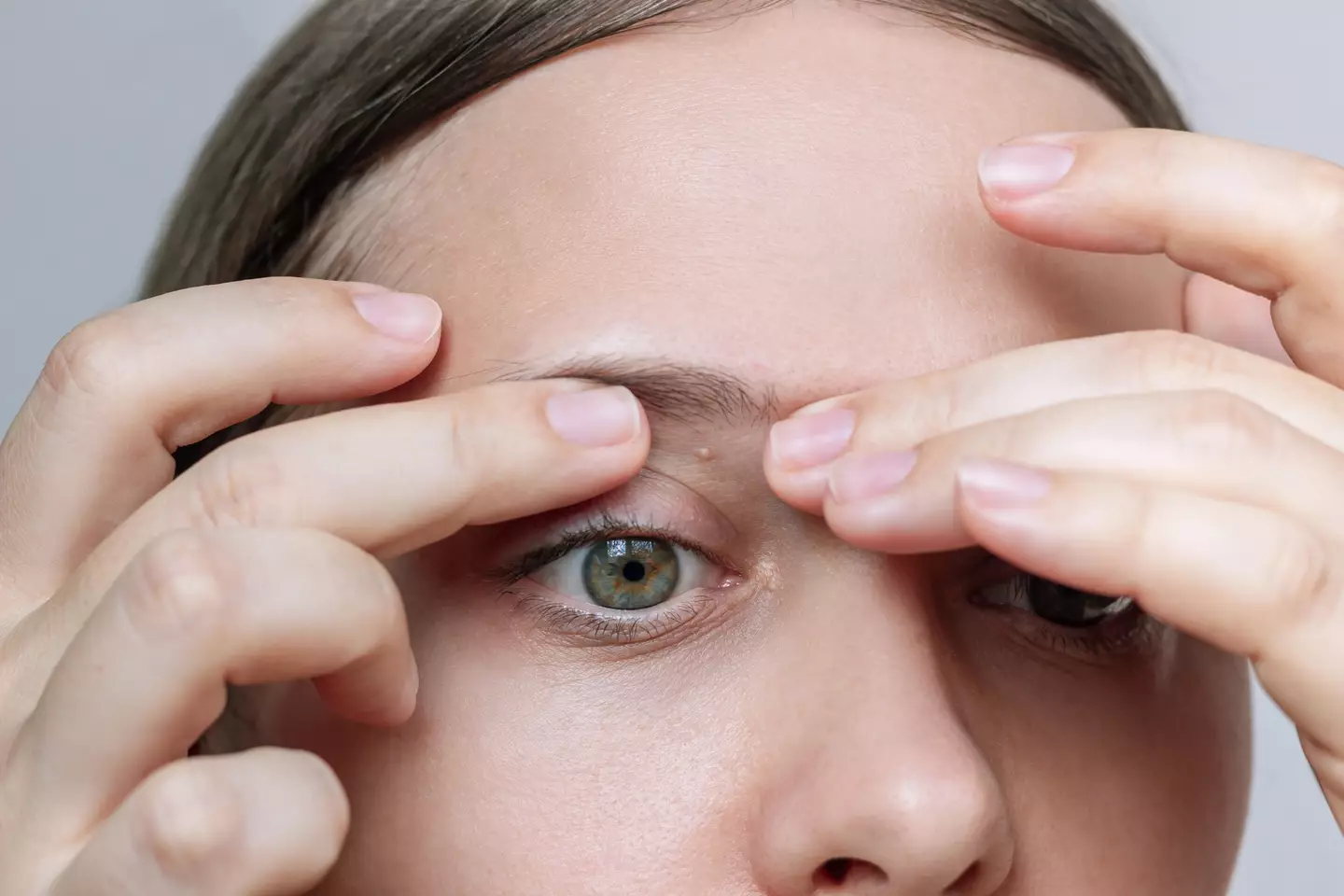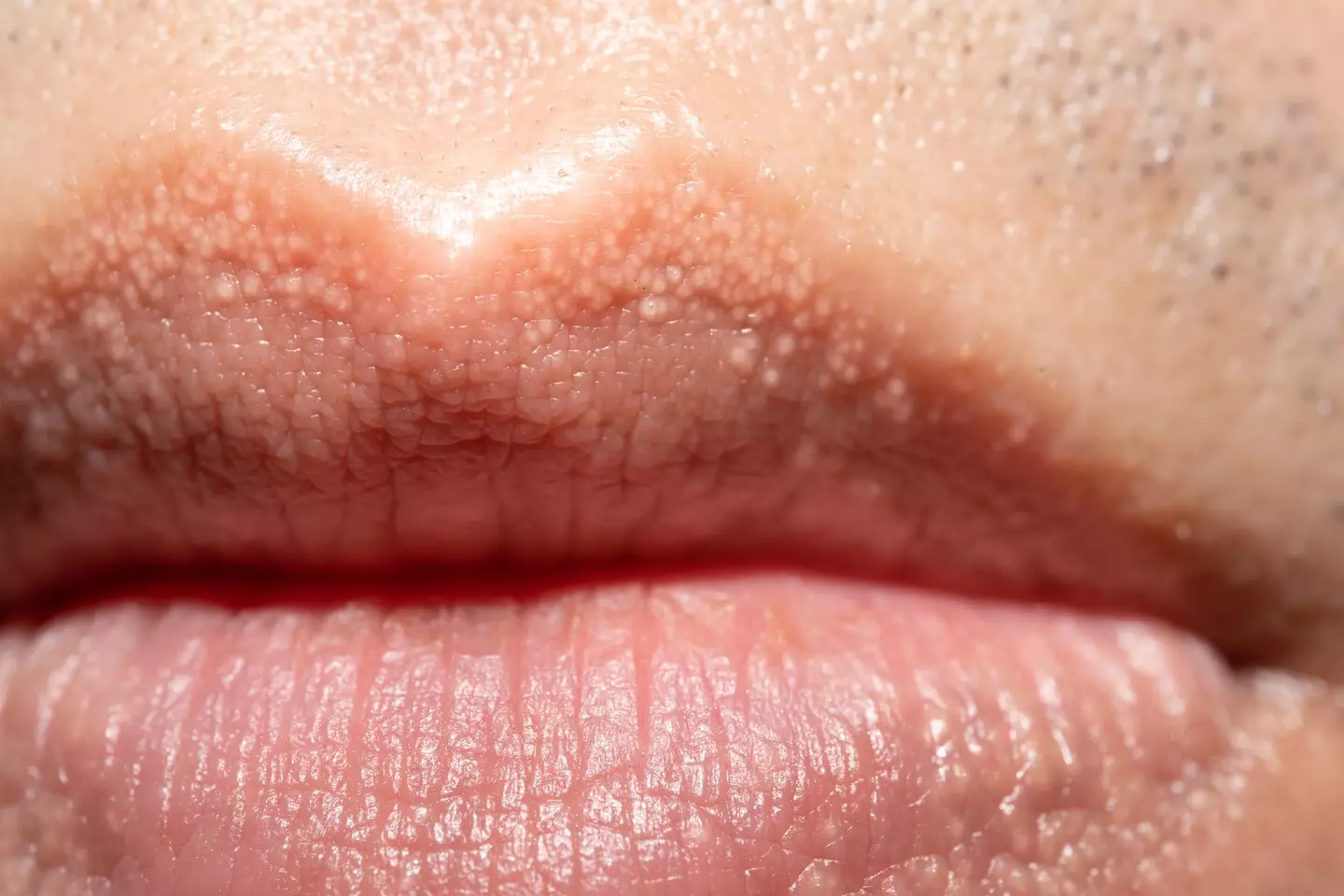An advisory has been issued highlighting the significance of white spots appearing on the body, including the genital area.
Many individuals notice small white spots on their face, particularly around the eyes, nose, and lips. These are known as milia, or milk spots, which are tiny cysts formed due to a buildup of dead skin cells or keratin.
Dr. Marnie Nussbaum, a clinical instructor of dermatology at Weill Cornell Medical College, elaborated to Women’s Health: “Milia are tiny keratin-filled cysts on the surface of the skin.”
Dr. Nussbaum further explained, “They are often confused with whiteheads or acne breakouts. However, these bumps are filled with hard balls of keratin, as opposed to liquid sebum and bacteria. And they cannot be extracted easily.”

In addition to facial spots, similar white spots may be found in the genital area. These are typically known as Fordyce spots, appearing as white or flesh-colored bumps on areas such as the lips and sometimes the genitals.
According to the Cleveland Clinic, these spots are described as “a common skin condition where oil glands appear larger.”
The site adds, “They become more noticeable during or after puberty. They often appear on and around your lips and sometimes on your penis and vagina. They’re a natural part of your skin, but treatments can shrink or remove them.”
Fordyce spots do not have a specific cause; they are usually a natural trait present from birth, though they may become more pronounced during puberty.

Experts consistently advise against attempting to pop or pick either milia or Fordyce spots.
For milia, Dr. Nussbaum cautions that due to the protective layer of skin over the bump, popping it could lead to scarring without actually resolving the issue.
Similarly, Healthline advises against disturbing Fordyce spots: “Don’t pick or squeeze Fordyce spots. This won’t make them go away, and it can cause infections to develop.”

Fordyce spots often resolve on their own, but there are methods available for their removal.
Topical treatments, including retinoids, can be applied. Additionally, the Cleveland Clinic outlines some more intensive procedures:
Milia can also be addressed through various treatments, with the Cleveland Clinic providing details on potential options:

